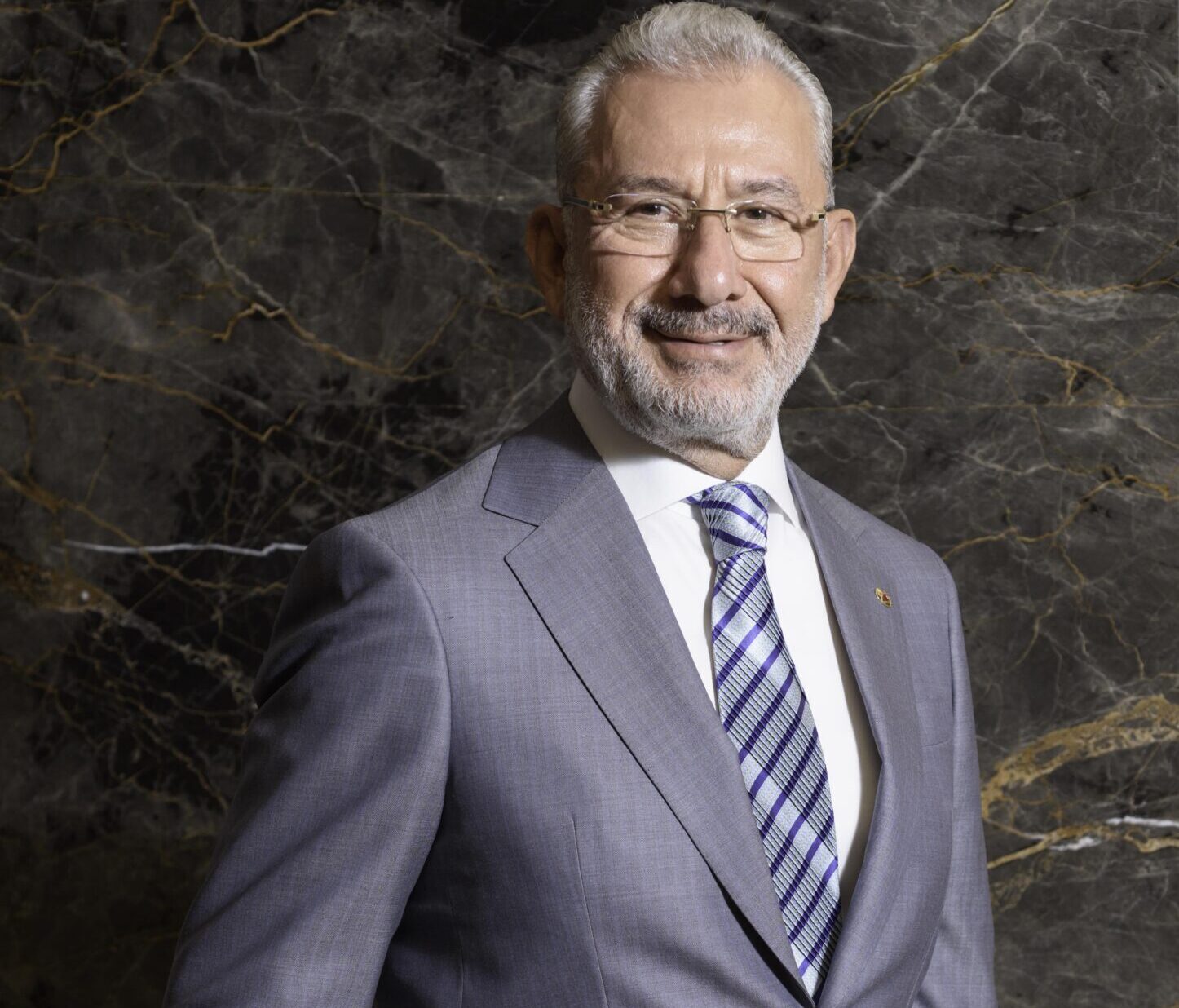Supporting exports with ‘steel’ TURKEY’S TOTAL EXPORTS DECLINE WHILE THE STEEL SECTOR GAINS MOMENTUM
While Turkey’s overall exports decreased by 4.1% in March, the steel sector, one of Turkey’s strongest industries, continued to register export growth, showing recovery compared to last year. With a 7.1% increase in March, reaching $1.5 billion in exports, the steel sector has shown growth for three consecutive months.
Fuat Tosyalı, President of ADMİB, noted that they started 2024 as they wanted, stating, “But our main goal is to reach the export level of 2022. We believe that with the investments in our sector, the resulting increase in production, and the efforts we will make, we can reach this point again.
The sectors that account for more than 10% of our country’s exports launching an export offensive will contribute significantly to our national economy. We believe that the iron and steel sector will provide much more serious support to the country’s exports after the second half of the year.”
While Turkey’s exports decreased by 4.1% in March, amounting to $22.6 billion, iron and non-iron metals exports across Turkey decreased by 11.7% to $1.1 billion, while steel exports reached $1.5 billion, showing an increase of 7.1%.
During the first quarter of the year, while exports from the iron and non-iron metals sector decreased by 8.2% to $3 billion, exports from the steel sector increased by 12.2% to $4 billion. The total export of these two sectors reached $7 billion, with a growth rate of 2%.
Supporting exports with ‘steel’
While a similar decrease was observed in exports of iron and non-iron metals from the Mediterranean region, record growth was recorded in steel exports. When the export figures from the Mediterranean Exporters’ Associations General Secretariat (AKİB) are examined, it is seen that while the export of iron and non-iron metals decreased by 14% to $66 million in March, steel exports increased by 25.2% to $182 million.
During the January-March period, while exports from the iron and non-iron metals sector decreased by 6.3% to $189 million, exports from the steel sector increased by 48.9% to $444 million. The iron and steel sector reached $633 million in exports during this period, with an increase of 27%.
Record export increases to neighboring countries
In March, Romania was the country where Turkey’s iron and steel sector exported the most, with $230 million. This was followed by Germany with $188 million and Italy with $158 million. Among the top 10 markets, the most remarkable increases were seen in exports to Romania at 82%, Greece at 53%, and Spain at 29%.
When the exports made in March by AKİB are examined, it is seen that exports to Romania amounted to $45 million, $21 million to Egypt, and $20 million to Algeria.
The highest export increases among the top 10 markets were recorded in exports to Algeria at 310%, Egypt at 170%, and Romania and Greece at 115%.
The main goal in steel exports is to reach the 2022 export level
Commenting on the export data for March, Fuat Tosyalı, President of the Mediterranean Iron and Non-Iron Metals Exporters Association (ADMİB), said:
“Last year, there was a global demand contraction in our steel sector, and as a result, we had a bad year in exports. 2024 started as we expected. We foresee that we will close the year with positive figures by increasing this performance.
But our main goal is to reach the export level of 2022. We believe that with the investments in our sector, the resulting increase in production, and the efforts we will make, we can reach this point again. In the iron and non-iron metals sectors, there is a global problem similar to what our steel sector experienced last year.
The decrease in demand and the non-competitive price levels negatively affect the sector. We hope to see signs of recovery in this sector from the second half of the year onwards. We believe that the iron and steel sector will provide much more serious support to the country’s exports after the second half of the year.”






Yorumlar kapatıldı.